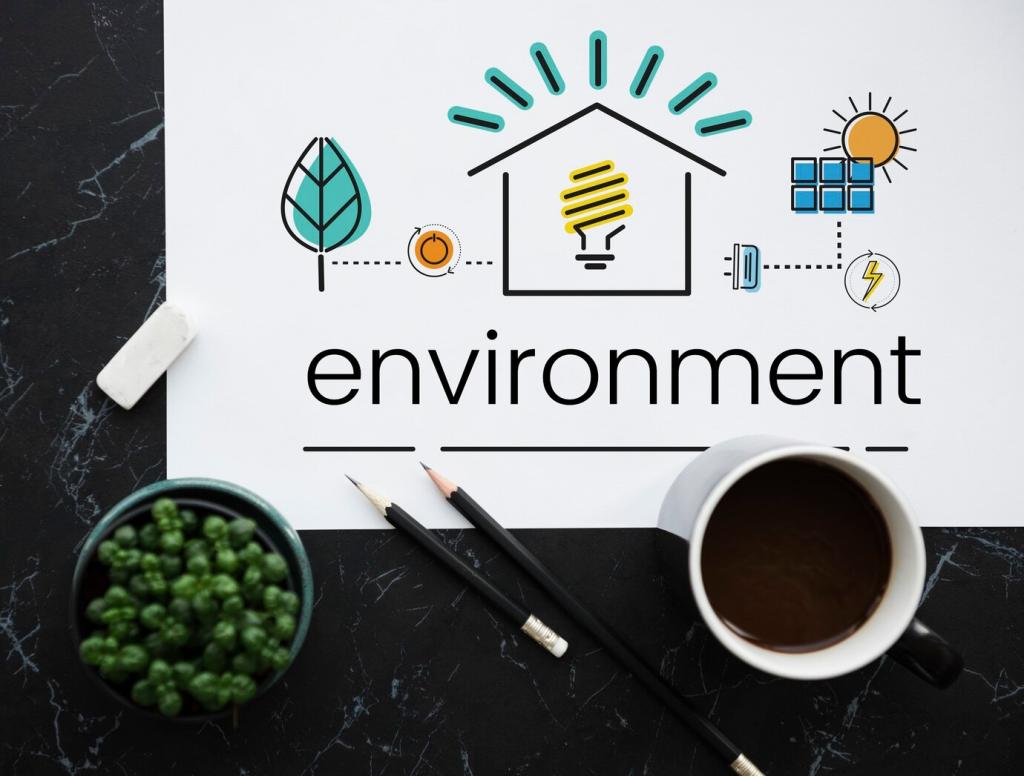Case Story: Shrinking a Site’s Footprint
Our community blog served bloated hero videos, multiple font families, and unused libraries. Mobile readers complained about warmth and battery drain. Page weight averaged five megabytes, with sluggish first loads everywhere.
Case Story: Shrinking a Site’s Footprint
We replaced video with an efficient image, adopted AVIF, removed two frameworks, and implemented partial hydration. Fonts were subsetted and cached aggressively. The CDN added edge caching with sensible, test-backed TTLs.
Case Story: Shrinking a Site’s Footprint
Transfer size dropped sixty percent, time-to-interactive improved significantly, and estimated energy per visit fell. Readers stayed longer and subscribed more. Tell us your results, suggest experiments, and subscribe for upcoming deep dives.
Case Story: Shrinking a Site’s Footprint
Lorem ipsum dolor sit amet, consectetur adipiscing elit. Ut elit tellus, luctus nec ullamcorper mattis, pulvinar dapibus leo.







